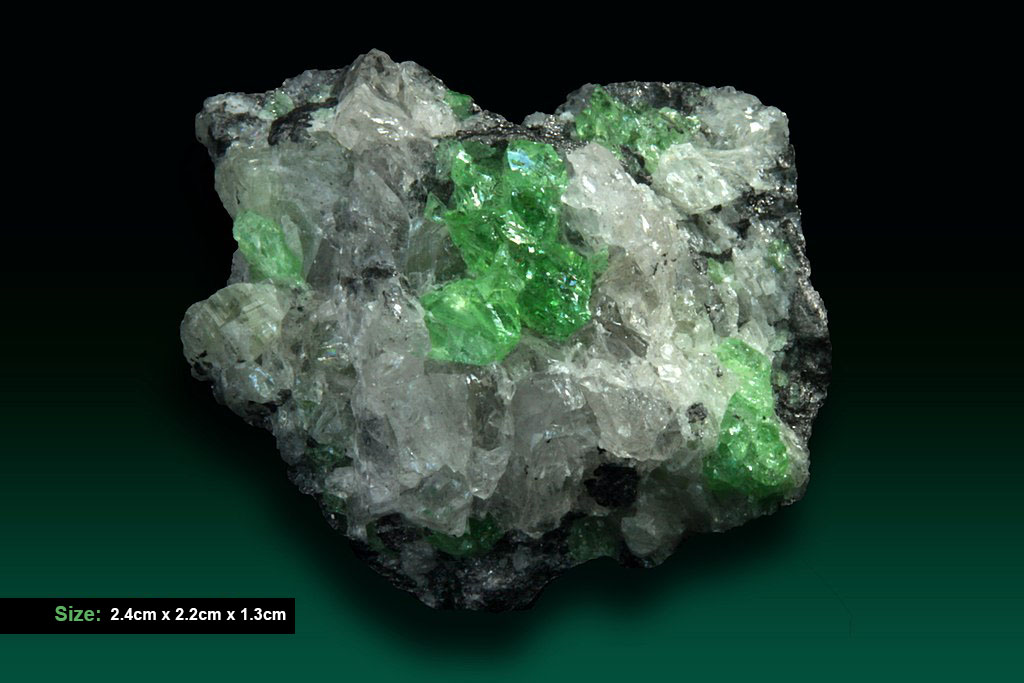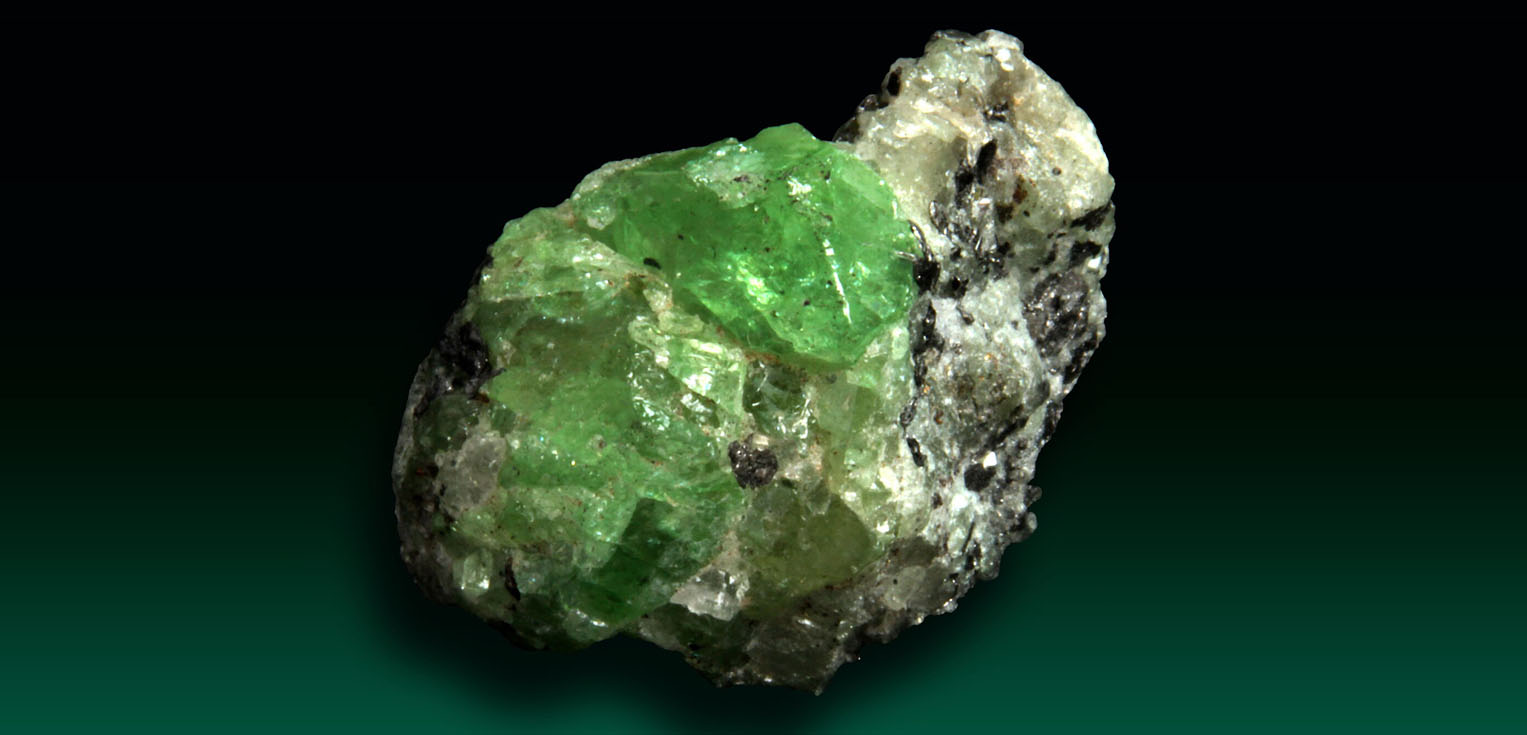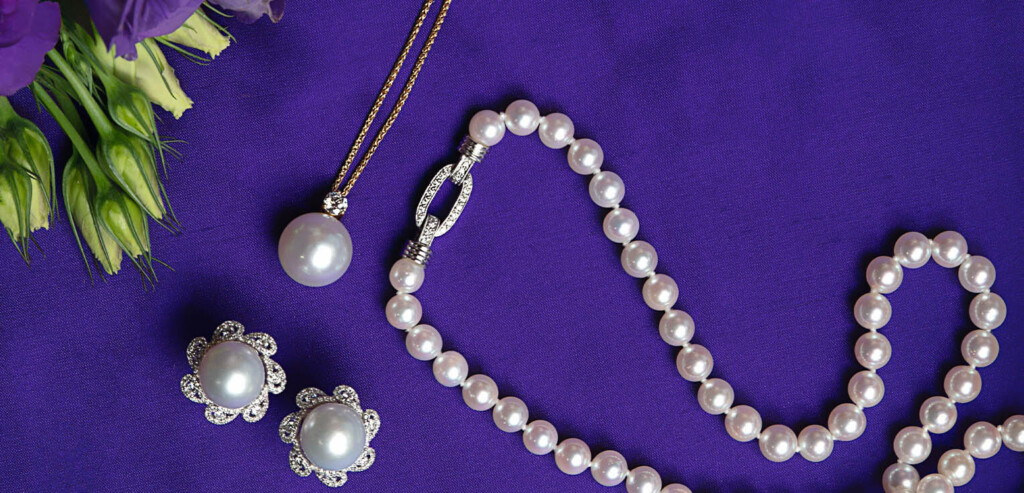Tsavorite is one of the world’s rarest gems. This beautiful deep green gemstone was discovered in 1967 and introduced to the jewellery industry in 1974.
While relatively new as a gemstone, Tsavorite has spent billions of years forming underground in the Mt. Kilimanjaro region of Africa and is named after
Tsavo National Park.
In this article we will be sharing all about Tsavorite and what makes this gemstone so rare and beautiful.
What Makes Tsavorite So Popular?
Tsavorite is one of the most sought after gemstones in the jewellery world. Here are a few reasons why this deep green gemstone is so popular:
- It encompasses the beauty of mother nature
- It signifies new life and regeneration
- It is the favourite birthstone of January and May
- It offers numerous emotional, spiritual, and wellness meanings
- It holds high value, making it a good investment
- It is highly durable and can withstand daily wear and tear.
Let’s find out more about Tsavorite.
Meanings and Associations of Tsavorite
Gemstones hold a lot of meaning and Tsavorite is no exception. Here are the various meanings Tsavorite holds and how they might benefit a person’s life:
Emotional Meaning
Tsavorite is believed to offer emotional strength and wellbeing to the wearer, giving individuals the confidence they need to seize the opportunities life brings their way. The green of the gem is believed to heighten the wearer’s compassion for others, encouraging them to be of service where they can and love other people well.
Tsavorite is also a popular gem for couples, making it a great choice for engagement rings, as it is thought to increase collaboration and trust in partners as they seek to strengthen their relationship and work together well.
Spiritual Meaning
Green has long been associated with life and growth. The lush green colour of Tsavorite has a spiritual significance to many. It is believed to bring enhanced fertility to the wearer, making it the perfect gemstone to gift to those trying to start a family.
Tsavorite is also believed to support regeneration and growth within the human body, helping boost cellular turnover and speed up physical healing.
Wellness Properties
Tsavorite is an excellent gemstone for wellness. It is believed to have a heart-based energy, meaning that it can support a person in their emotional healing (whether healing from heartbreak or past trauma).
Some people find that Tsavorite helps them feel more confident, enhancing their feelings of intuition about certain things in their life and promoting a higher level of awareness in general that benefits them as they go about their day.
Tsavorite on the Mohs Scale
Tsavorite is rated 6.5-7.5 on the Mohs scale of mineral hardness. This means it is a considerably durable gemstone and is safe to wear on a daily basis if you want to, without suffering any major wear and tear. Of course, it is still important to be careful as, like all gemstones, Tsavorite can be damaged if it is not cared for properly.
Tsavorite Treatment
One of the great things about Tsavorite, and something that makes it such a popular gemstone choice, is that it lacks artificial treatment. This means it has not undergone any enhancing procedures to improve its appearance or colour, like other gemstones.
In fact, Tsavorite is so naturally beautiful with such a vivid green colour that it only needs to be cut and polished. Most Tsavorites available are left completely unenhanced and untreated.
It is also worth noting that there are no lab-made or artificial Tsavorite gemstones available.

Tsavorite Sizes
Tsavorite is very rare. As such, it is only typically found in small sizes and stones that are over 2.5 carats are extremely rare and therefore extremely valuable. The largest Tsavorite gemstone ever found was 325.14 carats and valued at over $2 million.
Tsavorite Prices
Because of its unique beauty and rarity, Tsavorite can be a very pricey gemstone choice. If you opt for light colour grading, you will find Tsavorite more easily available and it will typically be cheaper. However, the finest Tsavorite is far harder to come by and the price per carat does rise dramatically.
We know that purchasing gemstones can be confusing, especially if you’ve done so before. So, you should know that the Tsavorite gemstones with the deepest green colours often attract the highest prices.
If you want a Tsavorite with a deep green colour, ask the seller for the concentration of Vanadium within the stone. The higher the concentration, the darker and more intense the green colour will be. It may mean it’s more expensive, but the visual appeal will be greater.
Adding Tsavorite to Your Jewellery Collection
Tsavorite makes for a beautiful addition to your jewellery collection. The stunning green of the gemstone is often set with Diamonds to accentuate its colour and draw the eye. Tsavorite also looks beautiful set within platinum, white gold, or yellow gold jewellery pieces and is a unique and special engagement ring choice.
If you are a jewellery enthusiast or you’re searching for the perfect purchase for a loved one, Tsavorite is a favourite.
How to Care for Tsavorite Jewellery
Although Tsavorite gemstones are not enhanced in any way, it is important to take care when cleaning them. Tsavorite should not be cleaned via exposure to extreme heat. You should also avoid cleaning the gemstone using mechanical systems.
To clean your Tsavorite jewellery, it is best to use warm water and jewellery-specific detergent. Gently scrub the Tsavorite clean with a soft brush and pat dry.
Of course, the most effective way to clean Tsavorite (and any other jewellery you own) is to book a professional jewellery cleaning service . This will ensure the right products are used and will prevent the gemstone from becoming accidentally damaged or clouded through poor care.
Final Words
As you can see, Tsavorite is a unique and beautiful gemstone that holds many different meanings that add value to your life. Whether you’re looking to bring some beauty into your life or you’re hoping to purchase Tsavorite to give to someone you love, this gemstone is the perfect choice.
Image sources:
Lech Darski, CC BY-SA 4.0 Wikimedia Commons





